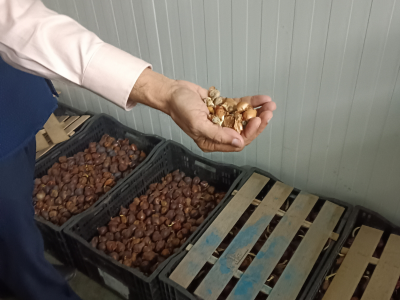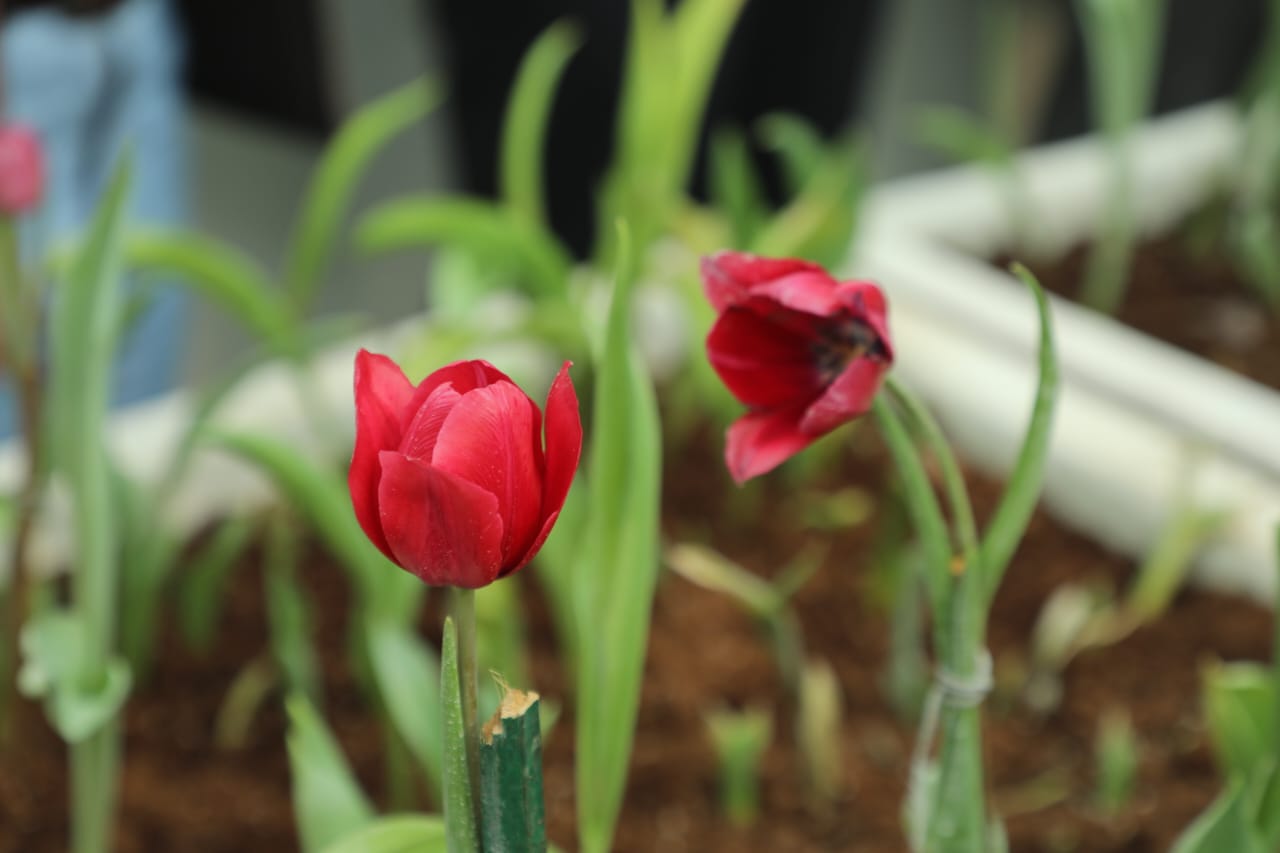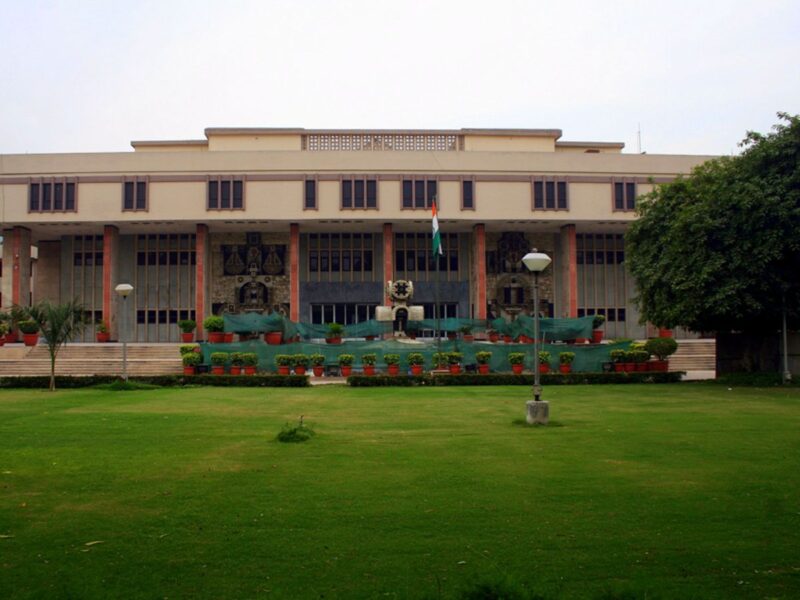In an effort to reduce the cost of imports of tulip flowers, the New Delhi Municipal Council (NDMC), took an initiative on November 14 to establish a unit of the foreign flowers at Lodhi Garden in New Delhi.
The Council plans to plant around three lakh Tulip flowers in various areas of New Delhi, at a cost of approximately Rs 87 lakh. One lakh of the three lakh flowers will be given to the Delhi Development Authority.
The flower beds are expected to be in place by December and may take around two months for them to fully bloom.
The initiative was decided for preservation and propagation of harvested bulbs of the flowers on a trial basis for future use in the NDMC area, as the conditions and temperature are not suitable for multiplication and production of tulips in the national capital.

“This unit is special because there is no such other unit in the country,” said Neeraj Kant Sharma, Deputy Director of Horticulture, NDMC, “We have been importing tulips, which grow in temperate zones, in a hot place like Delhi for the last 8-10 years. This is a trial so that we don’t have to import the bulbs but instead nurture them in the country itself.”
The project was started in April 2023 when NDMC established Tulip Growth Cum Storage Chamber in the Gardens. The initiative came into existence with the vision and support of LG VK Saxena.
Saxena, who visited various tulip plantation last winter in the areas under NDMC, had been stressing upon exploring ways and means to ensure indigenous seeding and production of the saplings with an aim of not only reducing import costs and augmenting their availability, but also giving a boost to the local Floriculture industry.
“We have stored these bulbs in the Storage Chamber. In the first phase, we kept it at a temperature of 17 degree Celsius and then 5 degree Celsius for two and a half months. After this, the bulbs were taken to the Growth Chamber. Here, we have tried our best to give the sapling all the conditions to flourish such as proper temperature, carbon dioxide, and other conditions,” Sharma said.
One of the major challenges with tulip flowers, he said, is the production of ethylene during the development stage, which kills the bulbs at an early age. “With a proper environment, we have been able to protect the sapling from ethylene and it is a big achievement for us,” Sharma said.
Almost 54,000 imported tulip bulbs were harvested this year, out of which 52,000 has been sent to the Council of Scientific and Industrial Research-Institute of Himalayan Bioresource Technology in Palampur for further research. 2,000 bulbs are currently in the two chambers at the unit in Lodhi Gardens.
“What makes the store chamber unique is that it has a variation of temperatures and it has RH control, carbon dioxide control, and ethylene control, something that we don’t see in other store chambers in the country,” Sharma said.
Sharma added that the success rate for the growth rate of the flowers is at least 75% and calls it an achievement since such a rate could not have been possible without proper support.

The project could have been possible with the expert support of scientists at Sher-e-Kashmir University of Agricultural Sciences & Technology of Jammu.
“The scientists in the university worked closely with us and told us even the minutest details about tulip flowers and their harvesting. We were directionless in the beginning, visiting various places in Delhi to learn about tulip flowers, until the expertise of the scientists immensely helped us,” Sharm said.
In India, the required temperature for tulip flowers to grow can be found in Kashmir, some parts of northeastern India, and heights of Himalayas, where these flowers largely flourish.
The import of the flowers is mainly done from Netherlands, with a cost of Rs 26 – 29 each bulb. Netherland is also the largest trader of the flowers, with Turkey and other countries following.
This is a step towards achieving the goals of production in India, which has been achieved under supervision of LG and his constant guidance and support to NDMC, Sharma added.
The new tulip cold chamber consists of:-
– Cold Storage Chamber of 12’x20’x9’ with the capacity to store around 50,000 fresh tulip bulbs in controlled temperature varying between 2-20 degree Celsius.
– Tulip propagation chamber is of 15’x28’x9’ with facility to grow around 2,000 bulbs can be enhanced upto 4,000 bulbs with temperature controlled environment 10-22 degree Celsius.
Programmes undertaken this year:
– Around 2,000 bulbs of 8-10 cm size were harvested from NDMC area after Tulip blooming in February to March 2023 were stored in a storage chamber at temperature varying from 15 -20 degree Celsius for 3 months till July2023.
– Thereafter, they were then kept under low temperature of 5-6 degree Celsius for 10 weeks till the first week of October.
– Around first week of October these bulbs have been put in production chain by sowing them in growth chamber at temperature 17-20 degree Celsius with the aim to increase the size of bulbs to at least 10 + cm.





